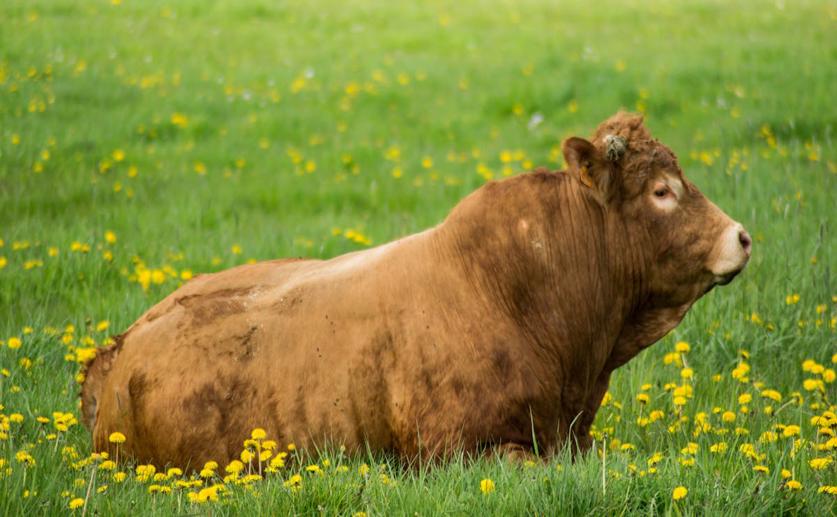
Using Gene Data to Pinpoint Fertility Traits in Dairy Cows
Jenn Hoskins
7th June, 2024

Image Source: Frank Van Esch (photographer)
Key Findings
- The study focused on dairy cattle fertility in Australia and New Zealand
- Researchers identified genetic variants linked to fertility by combining various types of expression data
- These findings can improve the accuracy of genomic predictions and enhance breeding programs for better reproductive performance
AgricultureGeneticsAnimal Science
References
Main Study
1) Using expression data to fine map QTL associated with fertility in dairy cattle
Published 6th June, 2024
https://doi.org/10.1186/s12711-024-00912-8
Related Studies
2) Genetics and genomics of reproductive performance in dairy and beef cattle.
3) Symposium review: Selection for fertility in the modern dairy cow-Current status and future direction for genetic selection.
4) Symposium review: Genetics, genome-wide association study, and genetic improvement of dairy fertility traits.



 31st March, 2024 | Jenn Hoskins
31st March, 2024 | Jenn Hoskins